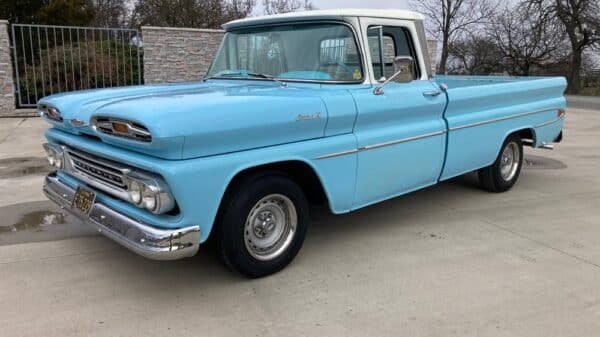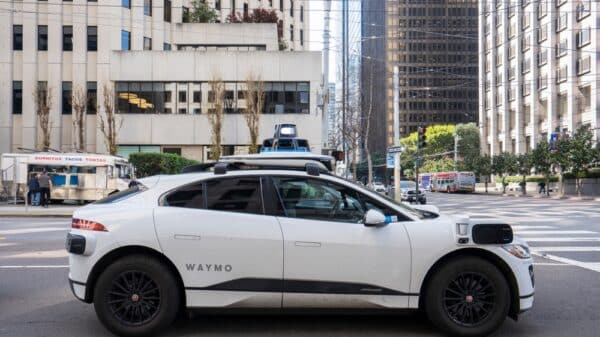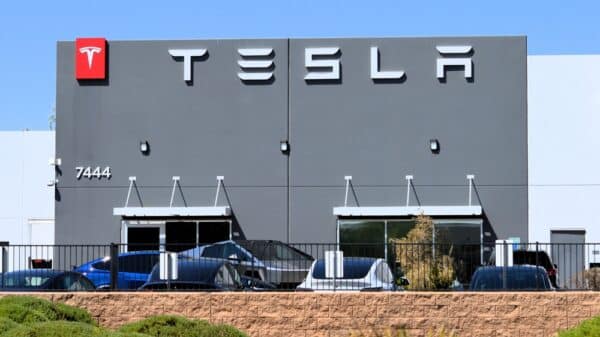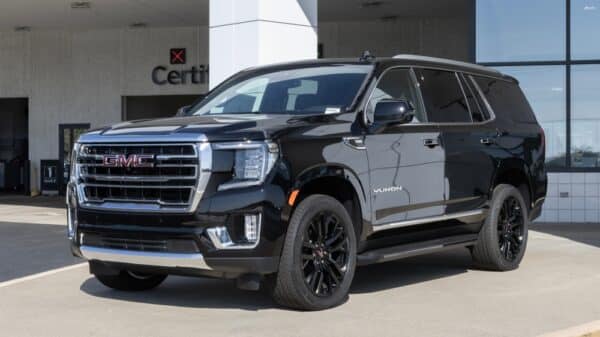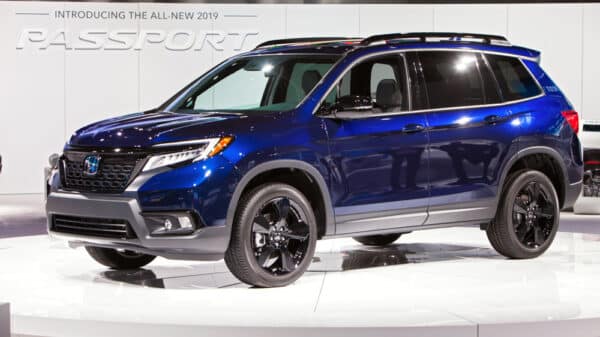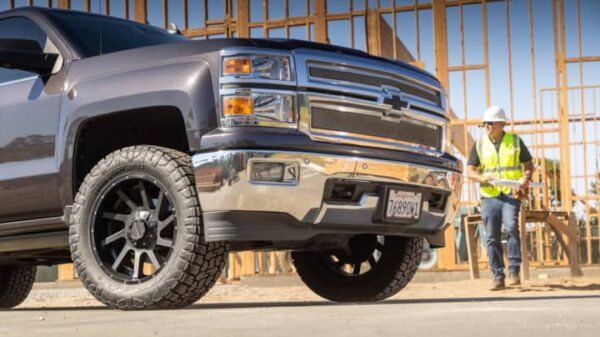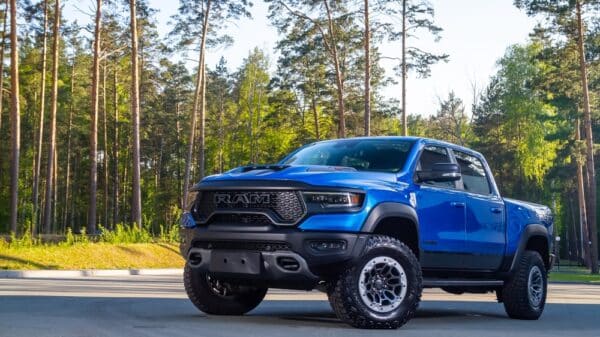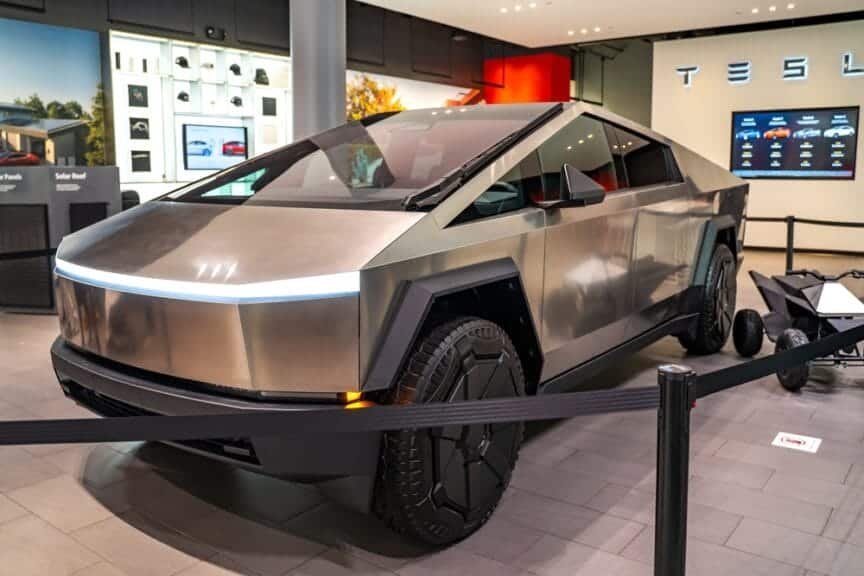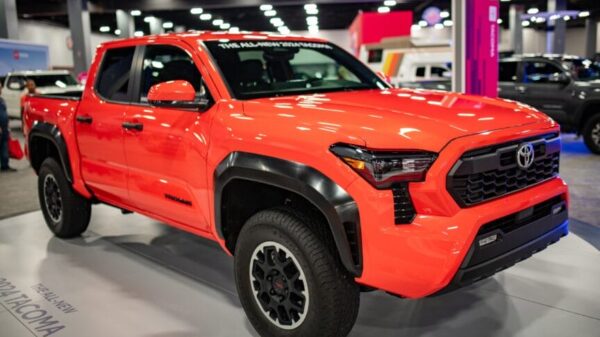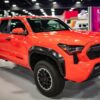Tesla’s Cybertruck, once heralded as the electric vehicle revolution’s shining knight, is now grappling with waning sales and mounting challenges. Data from Cox Automotive revealed a staggering 32.5% drop in Cybertruck sales between January and February, with only an estimated 2,619 units sold in February. This decline has many experts and enthusiasts concerned; after all, it’s not just about numbers but about what these trends reveal about customer sentiment and market dynamics.
On the surface, the Cybertruck captivated attention with its bold design, a look as unconventional as it is head-turning. But recent events have cast a shadow over its once-bright spotlight. Tesla’s recall of over 46,000 Cybertrucks—effectively every unit manufactured—due to trim panels prone to detachment while driving has unsettled potential buyers. This isn’t the kind of news you want swirling around your new truck, especially one that CEO Elon Musk boasts as Tesla’s “best product ever.”
Interestingly, this sales slump comes at a time when Tesla’s broader performance is also faltering; overall U.S. sales for the automaker fell by 10% in the same period, showing that the Cybertruck’s struggles are part of a larger trend. Sales figures for the Model 3 sedan fared even worse, plummeting 17.5%.
Several factors might be influencing the decline. The figure at the center of the storm seems to be Musk himself. His controversial policies and public statements have alienated segments of the customer base, especially among progressive communities. Once seen as a trailblazer in the EV space, the brand now grapples with a tarnished reputation, as customers reevaluate their loyalty. Social media platforms buzz with hashtags and memes highlighting anti-Musk sentiments, and some former Tesla enthusiasts have resorted to purchasing sassy bumper stickers that denounce him. This palpable disconnection may also be contributing to a hesitation among potential buyers who might otherwise embrace the Cybertruck.
So, what happens when a truck that embodies a brash image isn’t flying off the shelves? It raises eyebrows and prompts speculation. If there’s a notable shift in Republican enthusiasm toward EVs, especially with figures like President Trump publicly endorsing Tesla, then perhaps the Cybertruck could see an uptick. However, it’s a tentative hope; many in that demographic still hold reservations about electric vehicles.
On another level, what we’re seeing may be a natural ceiling for a product that many analysts categorize as a niche offering. While I’ve had the opportunity to get behind the wheel of the Cybertruck and appreciate its staggering innovations—think steer-by-wire technology, four-wheel steering, and a robust 48-volt electrical system—it remains a vehicle that may struggle to resonate with the mass market. The Cybertruck initially entered the scene with a price tag that soared well past $100,000—a far cry from its originally advertised price of $39,900. Even as costs have dropped to around $70,000, it still sits outside the financial reach of many potential truck buyers.
The trajectory of Cybertruck sales throughout 2024 shows a promising start, with near 17,000 units sold in the third quarter. However, as we approached year-end, those figures dwindled to approximately 13,000 units, indicating a potential plateau in consumer interest.
It’s worth noting that Tesla has made operational shifts to respond to these sales challenges. Reports surfaced of factory workers being reassigned from the Cybertruck line to ramp up production for the more popular Model Y. Tesla has even begun offering significant incentives like free lifetime Supercharging on limited edition “Foundation Series” trucks. Offering discounts is typically an indicator of supply outpacing demand, and combined with the recalls, it suggests Tesla is scrambling to regain footing in a competitive market.
Despite this tumult, the Cybertruck managed to finish 2024 as the top-selling electric pickup in America, nudging out competitors like the Ford F-150 Lightning and Rivian R1T. Yet, one can’t help but ponder if this success was fueled by early hype and fervor amongst dedicated Tesla enthusiasts rather than sustained consumer demand.
As we move into 2025, lingering questions remain. Is the Cybertruck a passing fad, or does it possess the elements required for long-term resonance with consumers? A few slow months do not give us a definitive answer, especially when considering Tesla’s broader challenges with declining global sales, a diminishing brand enthusiasm, and the long-promised, but as of yet elusive, cheaper electric car in the pipeline.
For those of you who already drive a Cybertruck or are on the verge of deciding whether to take the plunge, your insights could be immensely valuable. Whether you’ve navigated the challenges or found unadulterated joy behind the wheel, sharing your experience could lend some perspective as we collectively sip our coffee and ponder the future of electric vehicles together. For any tips or thoughts on the evolving EV landscape, feel free to reach out; it’s discussions like these that help us all understand the road ahead.
Image Source: Iv-olga / Shutterstock

